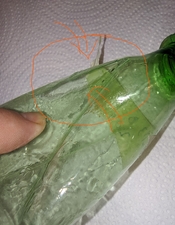originalwinslow
Member
I have recently started mixing my own ECN-2 developer using the published EK recipe. I have noticed that a particulate of some sort begins to form shortly after the developer sits in stasis for a few minutes in the storage bottle. It almost looks like fluffy snowflakes. I have not seen this type of coagulation in other developers, ECN-2 or otherwise, and would prefer have clear chems. I have used the developer with good results.
Anybody know what may be causing this? I use distilled water and mix thoroughly for 10 minutes before storing.
Anybody know what may be causing this? I use distilled water and mix thoroughly for 10 minutes before storing.
Attachments
Last edited:













